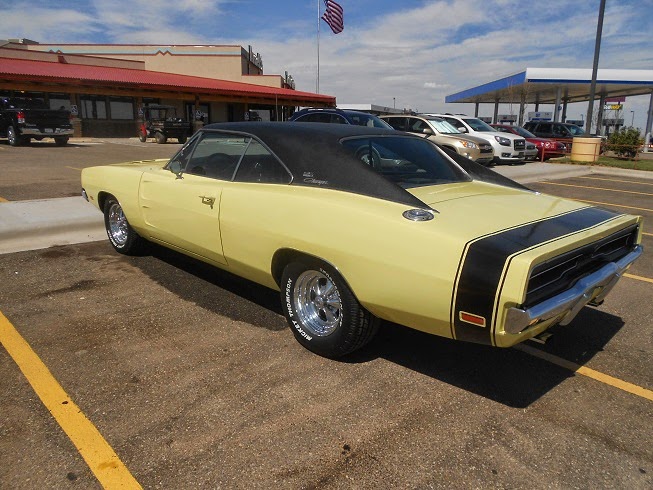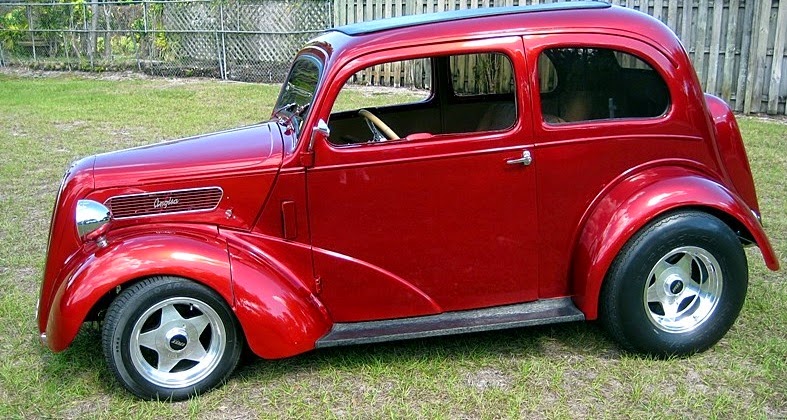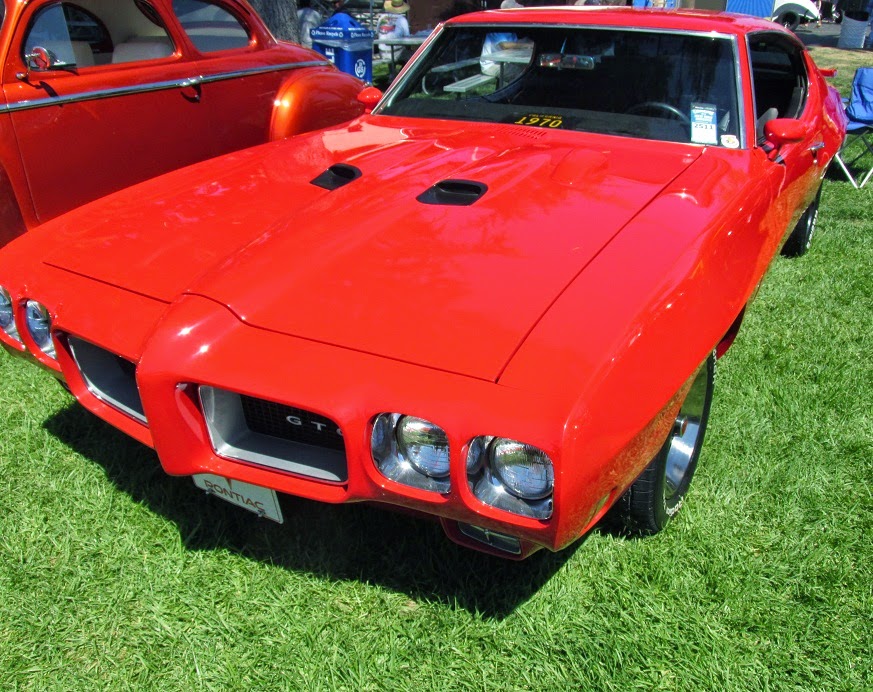1969 Dodge Charger 426 Muscle Car / Specs and History

The 1969 Dodge Charger was a popular muscle car that, like many, was packed with power during the last years before federal emission regulations put a damper on horsepower. Many consider the Dodge Charger a response to the fastback fad started by the Mustang and the Barracuda. Muscle cars came in many shapes and sizes and the Charger was one of the most popular. 69 Dodge Charger 426 The First Dodge Charger and the Muscle Car Era of the 60's The first Dodge Charger appeared on the scene with the 1964 model year. The car came with a 426 cubic inch Wedge engine . The Max Wedge was a race-only version of the 426 Wedge engine offered from the factory. Chrysler's 426 Wedge engine served as their performance engine until the the 426 Hemi was introduced. Dodge muscle cars made a name for themselves at drag strips across America. Chargers showed well at the NASCAR super speedways and had good performances on the street. The 1960's represented a great decade for Detro...




